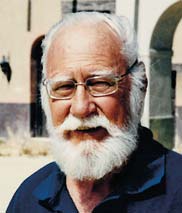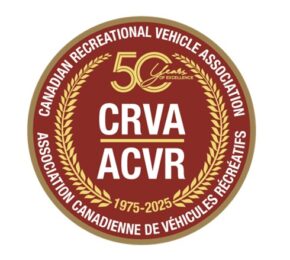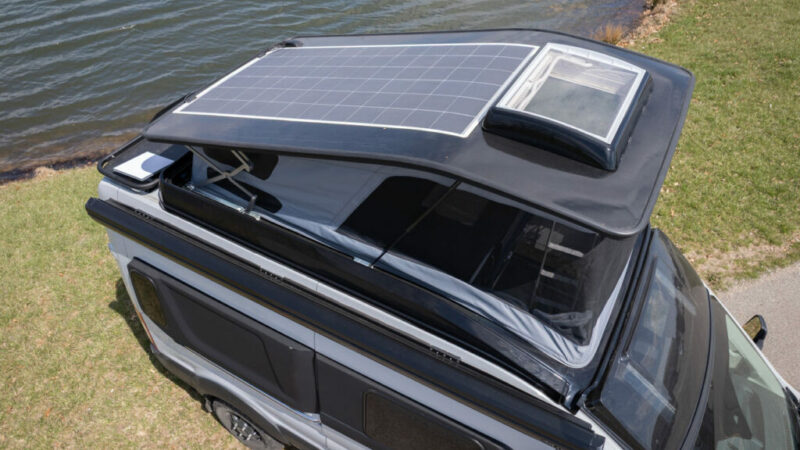RV Trip Tips for Drivers
Getting there safely and wisely
By Garth W. Cane
When taking a long trip, you may not want to be in a rush to get from one place to another. Some people enjoy their excursions more when they’re driving at a reasonable 55 mph instead of 75 mph, when they can’t take their eyes off the road for a second.
Try to arrange travel times to avoid rush-hour traffic. If you have arrived at a busy time of day, you could take a break at a shopping centre or have a meal while waiting for the traffic to clear. Besides, if you get to your campground by 4 p.m., your chances of obtaining a better site and avoiding traffic there will be improved, and you can use the rest of the afternoon to relax or take in local attractions.
Can you STOP?

If you’re motoring along at 20 mph, you’re required to stop within 40 feet. In tests we’ve done with trailer stopping distances at 55 mph, we’ve found that many RVs take up to 285 feet to stop completely. Since RV headlights rarely shine more than 250 feet ahead when they’re properly aligned, this means you can easily run out of road before you can stop if an animal runs out, or when an object such as a tire gets thrown into your path. In Michigan, we once saw an aluminum ladder fall off the roof of truck in front of us. Luckily, we were travelling on a county road where the speed was slower.
You have to be ready to stop before you need to. I prefer to stay one second behind the vehicle in front for every 10 feet of overall length of the RV combination I’m driving. In our case, with a class A motorhome towing a Jeep Liberty, that means staying five seconds behind. When the vehicle in front passes a stationary object, start counting the seconds until you arrive at the same location. If it’s raining or snowing, the road can be slippery. That’s when your stopping time needs to be doubled.
Night Vision
Some older drivers have vision difficulty at night and may need twice the amount of light to see. Oncoming headlights can easily momentarily blind them, and eyes do take eight times longer to adjust after being subjected to bright lights. Unless they’re needed in foggy or snowy conditions, driving lights situated low in the bumper could be turned off. (For most vehicles, just flick off the headlight switch). Operated by alternator current and thus reducing fuel economy, these lights are seldom aligned properly. And chances are they’ll shine into the eyes of oncoming drivers.
As a driver, be observant of your surroundings.
Keep your eyes moving and determine where you’ll be
within the next 15 seconds.
Be Aware
As a driver, be observant of your surroundings. Keep your eyes moving and determine where you’ll be within the next 15 seconds. Watch for traffic lights that are about to change and be ready with your foot poised over the brake pedal instead of on the accelerator. Don’t power through an intersection, as you don’t know what other drivers will do. When exiting from a multi-lane road, be sure you’re in the proper lane so you don’t need to brake suddenly before pulling over at the last moment. And, if you are entering a multi-lane highway, remember that the vehicles on the highway have the right-of-way. It’s your responsibility to get up to the proper speed and merge safely with the regular traffic.
Brake it!
After driving all day, a vehicle’s wheels may be hot, and when they cool off overnight at the campground, moisture can condense on the steel braking surfaces. When you’re driving slowly out of the campground in the morning, apply the brakes lightly as you move ahead. This will scrape off rust that may form overnight on the braking surfaces. Signs at the top of steep hills warn drivers to check their brakes. This is a good time to let your gas engine rpm’s slow down so you can shift into a lower gear that will allow your transmission to assist you in controlling your downhill speed.
If you’re driving a diesel-powered unit, the torque converter normally disconnects at about 1,700 rpm and the engine won’t help control the downhill speed of your RV. Shifting to a lower gear forces the diesel engine to a higher rpm, and this will enable an exhaust retarder to work more efficiently in slowing your vehicle.
If you have an airbag in your steering wheel, you need to keep your hands at the eight o’clock and four o’clock positions to prevent them from being thrown into your face if the airbag deploys in an accident. Your seat should be adjusted so that your elbows are bent while steering. This gives you much more leverage to control the wheel, and when you’re seated securely, you’ll have better leverage when you need to push your brake pedal.

Drive by the Rules

If you’re passing a stopped emergency vehicle with its lights flashing, you’re required to move into the next lane (or slow down to 60 km/h) to protect the emergency personnel from injury. Failure to do so is punishable by a steep fine. Extra fire engines are often taken to roadside fires – to block traffic and slow it down.
Keep right except to pass. When you do pass, move out slightly to see if the lane is clear ahead, and to let the driver ahead know of your intentions. Keep your speed up as you pass. As you start your move, count up until you’re beside the trucks front wheel, and then start counting down. When you reach zero, you’re far enough ahead to safely pull back in without cutting off the driver you’ve just passed.
Drive safely – enjoy your RV adventures!






